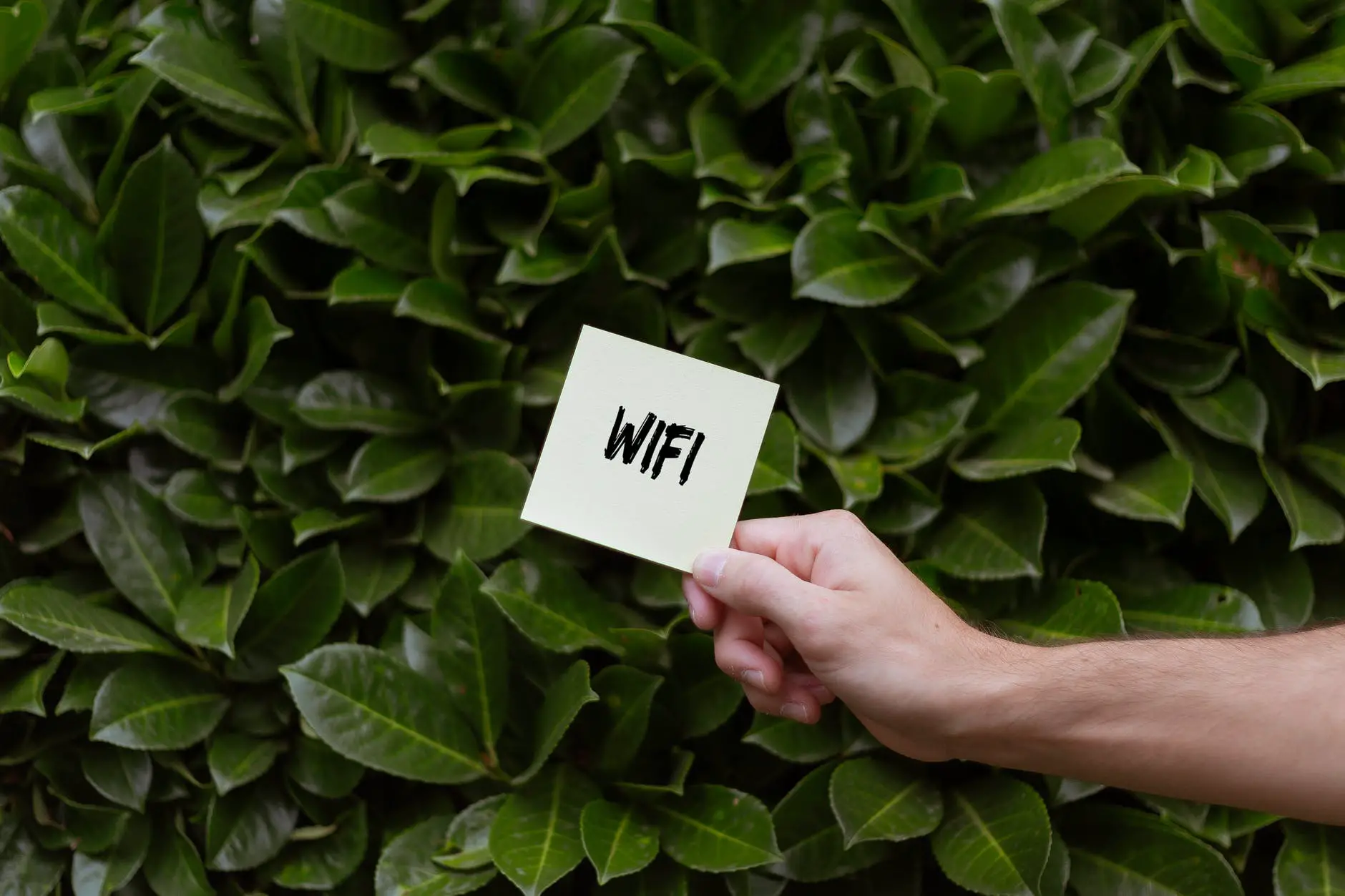In today’s digital age, a reliable and high-speed internet connection is essential for various activities, from streaming movies and playing online games to remote work and communication. Verizon FIOS (Fiber Optic Service) is known for providing fast and stable internet connections, but even the best services can experience slow speeds from time to time. In this blog post, we will delve into common reasons behind slow FIOS connections and provide you with a comprehensive guide on how to fix them.
Table of Contents

Understanding FIOS and Common Causes of Slow Connections:
Verizon FIOS is a fiber-optic broadband internet service that offers high-speed connectivity. Despite its capabilities, slow connections can occur due to various factors:
- Network Congestion: High usage periods can lead to slower speeds for all users in the area.
- Router Placement: Improper placement can lead to weak signals and reduced coverage.
- Interference: Physical obstructions or electronic devices can interfere with the signal.
- Outdated Firmware: Router and modem firmware updates are crucial for optimal performance.
- Malware and Viruses: Infected devices can consume bandwidth and slow down the network.
- Plan Limitations: If you’re on a lower-tier plan, your speeds might be naturally limited.
Performing Initial Diagnostics: Before diving into troubleshooting, ensure you are aware of your subscribed plan’s speed. You can also perform speed tests using both wired and wireless devices to compare the results and identify potential issues.
Try this jitter test to identify if your FIOS connection is working as expected and the giving you the fastest internet as promised.
Troubleshooting Steps to Fix Slow FIOS Connections:
- Restart Your Router and Modem: Power cycle your devices to refresh the connections and clear potential temporary issues.
- Check for Firmware Updates: Visit the manufacturer’s website for your router and modem to ensure you have the latest firmware.
- Optimize Router Placement: Place your router in a central location, away from obstructions and interference.
- Clear Physical and Wireless Interference: Move electronic devices and appliances away from your router.
- Secure Your Network: Protect your Wi-Fi network with a strong password to prevent unauthorized usage.
- Limit the Number of Connected Devices: Too many devices can strain your network, leading to slower speeds.
- Review Background Applications and Downloads: Bandwidth-heavy activities can impact your speed.
- Check for Malware or Viruses: Run security scans on your devices to ensure they’re not affecting your network.
- Opt for a Wired Connection: Ethernet connections are generally more stable and faster than Wi-Fi.
- Consider Upgrading Your Plan: If your usage requirements have changed, upgrading your plan might be beneficial.
Advanced Steps for Technical Users:
- Access Router Settings: Enter your router’s IP address in a web browser to access advanced settings.
- Adjust Quality of Service (QoS) Settings: Prioritize specific devices or applications for smoother performance.
- Change DNS Servers: Switch to faster DNS servers to improve website loading times.
- Check for Signal Strength and Channel Interference: Use apps to identify strong and weak signal areas, and choose less crowded Wi-Fi channels.
- Ethernet Cable Quality and Length: Ensure your Ethernet cables are of high quality and not overly long.
Contacting Verizon Support
If none of the above steps resolve your slow FIOS connection, it might be time to reach out to Verizon’s customer support. Before contacting them, gather information about your plan, speed test results, and any steps you’ve already taken.
Conclusion
A slow FIOS connection can be frustrating, but with the right approach, you can identify and address the underlying causes. By following the steps outlined in this comprehensive guide, you’ll be well-equipped to troubleshoot and fix slow FIOS connections, ensuring you can enjoy the high-speed internet experience that FIOS is known for.


